Ep. 2 - Moche Sex Pots: Eroticism in Ancient Ritual
- Anna Zuckerman
- Jun 14, 2021
- 4 min read
Updated: Jun 27, 2021
Content Warning: Images and links in this article include explicit content
Hi everyone!
Welcome back to the Show Notes! This is the place where I share all the resources, both scholarly and popular, that I used to put together the podcast episode; hopefully, you’ll find something in here that will inspire you to pursue further research! This week, we’re examining Moche sex pots, an artistic phenomenon from ancient Peru.
Let’s take a look.

The Moche people lived on the Northern coast of what is modern-day Peru, and inhabited a little over 250 square miles of land. Their society was organized into urban centers, each of which was ruled by its own king/chief/priest; while there was no central governing body, the cities appear to have coexisted fairly peacefully and shared a common culture. See the map (right) to get an idea for where the cities lay in relation to each other, and to the river systems of the region. Proximity to these rivers was essential for Moche livelihood, which relied heavily on fishing and maritime trade.
Now to the temples.

In the episode, I discuss the two great Moche temples: the Temple of the Sun and the Temple of the Moon (respectively referred to as the Huaca del Sol, and the Huaca de la Lune). While there is not much to show you from the long-since looted Temple of the Sun, there are a number of gorgeous murals that have been discovered in the Temple of the Moon. See the exterior of the Temple of the Sun on the left, and a slideshow of images of the Temple of the Moon below.
There were several crucial artifacts found in Christopher Donnan’s excavation of the Temple of the Moon. First were two enormous fine-line paintings, colloquially known as the Presentation Theme (below) and the Burial Theme. These murals have provided the foundation to all of our current understandings of Moche religion. Donnan has spent years dissecting these themes and, while they are far too complex for me to describe in detail here, I encourage you to use these links to explore the themes further. Additionally, check out this link to read about the amazing evidence found in the burial chambers in the Temple of the Moon (Hint: the remains of two Moche priestesses were discovered, which confirmed scholar’s theories regarding blood sacrifices!) Additionally, use this link to read Donnan’s book based on his finds in this excavation.


It’s hard to see it in the elaborate artwork, but the being Wrinkle Face makes an appearance in both the Presentation theme and the Burial theme! The deity/spirit/etc. Wrinkle Face is identifiable by his large fangs, elaborate headdress, and fox-headed snake belt. He appears with his sidekick Iguana in most depictions; check out the image to the right to see Wrinkle Face close up! It's also important to note here that Wrinkle Face has been given many names in the last century; we don't know what the Moche called him, but Donnan's title for the reoccurring character has stuck in recent years.
Alright, let’s move on to textiles.
The moche were known for their beautiful textiles. They made nets from cotton plants, wove and dyed beautiful rugs, tapestries, and clothing fabrics. Their stirrup-spout pottery made them famous all over the world; check out the slideshow to see some examples. A number of scholars have written books on Moche art and artifacts; check them out here!
Alright, now onto the sex pots!
As mentioned in the show, the sex pots depict a variety of scenes. The majority of scenes display anal sex or fellatio; the figures in these cases may be humans, skeletons, or anthropomorphized animals. In cases where vaginal sex is portrayed, the actors are almost always Wrinkle Face with a human woman. Cunnilingus is never displayed, although more kinky elements like choking are. Perhaps coolest of all is the method in which these pots were made: WITH MOLDS! Tragically, none of these molds have survived the centuries; however, artist Walter Acosta has replicated these molds, and makes replicas of the Moche pots found by archeologists! For images of the set pots, check out the slideshow at the end of this article!
While we have over 500 individual Moche sex pots (many of which are housed in the Museo Larco, which you can visit here), we still don’t understand what purpose they served. However, a number of scholars have attempted to extract ritual meaning from the images on the vessels. Here is a list of works that tackle the subject:
Raphael Larco’s Checan Essay On Erotic Elements in Peruvian Art
Susan Bergh’s article "Death and Renewal in Moche Phallic Spouted Vessels"
Mary Weismantel’s article "Moche Sex Pots: Reproduction and Temporality in Ancient South America"
While I, like many others, an enamored with the idea that the Moche sex pots are clues into the world of ancient religious ritual, it is important to remember that we don’t know anything for sure yet. Each of the works above posit a theory regarding the meaning of the vessels; however, all have been disputed by other scholars, and no theory can be proven at this point in time. It is the work of future scholars to continue a sustainable excavation process so that we may discover what other secrets the Moche have in store for us.
Bibliography
Bankes, George. Moche Pottery from Peru. 1980.
Benson, Elizabeth P. The Worlds of the Moche on the North Coast of Peru. Austin: University of Texas Press, 2012.
Bock, Edward K. Moche: Gods, Warriors, Priests. 1988.
Bourget, Steve. Sex, Death, and Sacrifice in Moche Religion and Visual Culture. Austin: University of Texas Press, 2010.
Cameron, Ian. Kingdom of the Sun God: A History of the Andes and Their People. Random House (UK), 1990. https://archive.org/details/kingdomofsungodh00came/page/43/mode/2up.
Donnan, Christopher B. Moche Art and Iconography. 1976.
Donnan, Christopher B. Moche Portraits from Ancient Peru. Austin: University of Texas Press, 2004.
Donnan, Christopher B., and Carol J. Mackey. Ancient Burial Patterns of the Moche Valley, Peru. Austin: University of Texas Press, 2014.
"Moche." Encyclopedia Britannica. Accessed May 30, 2021. https://www.britannica.com/topic/Moche.
WEISMANTEL, MARY. "Moche Sex Pots: Reproduction and Temporality in Ancient South America." American Anthropologist 106, no. 3 (2004), 495-505. doi:10.1525/aa.2004.106.3.495.


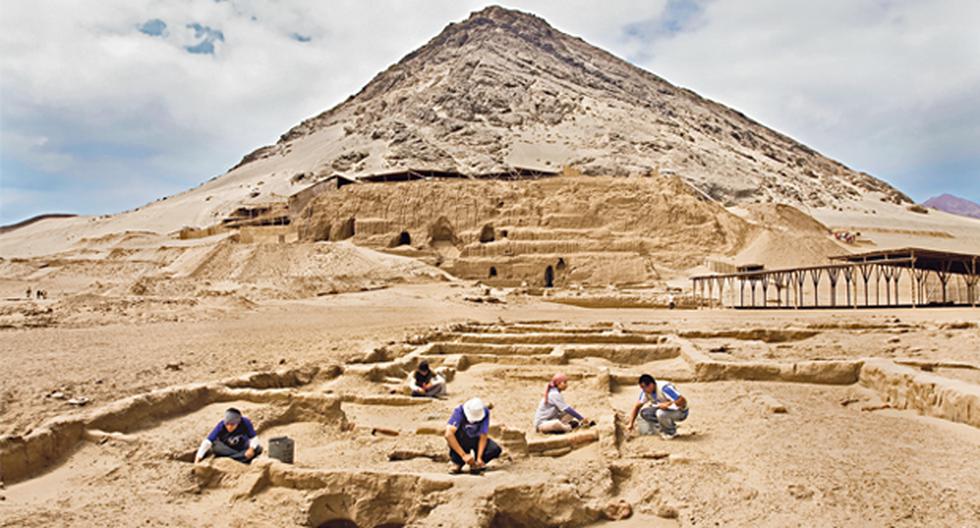

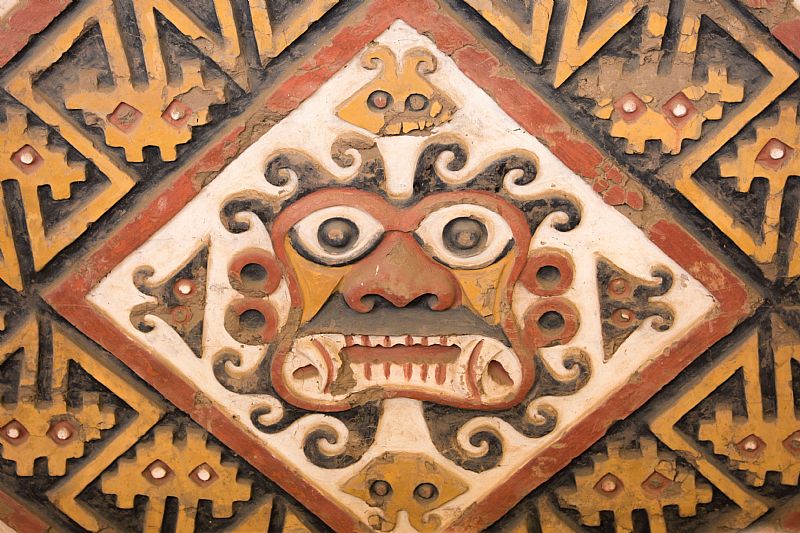

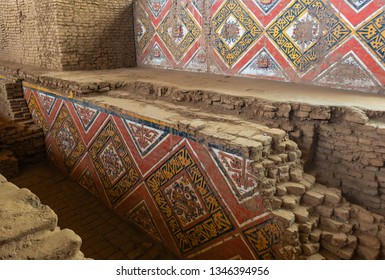

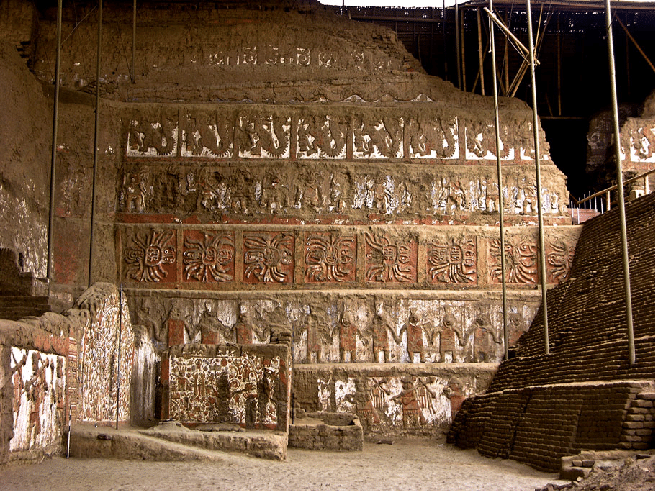

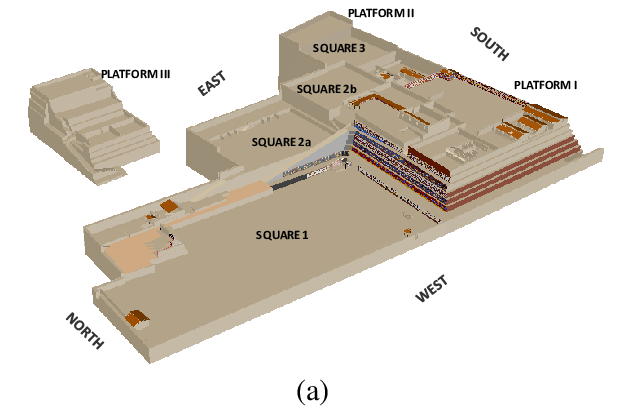

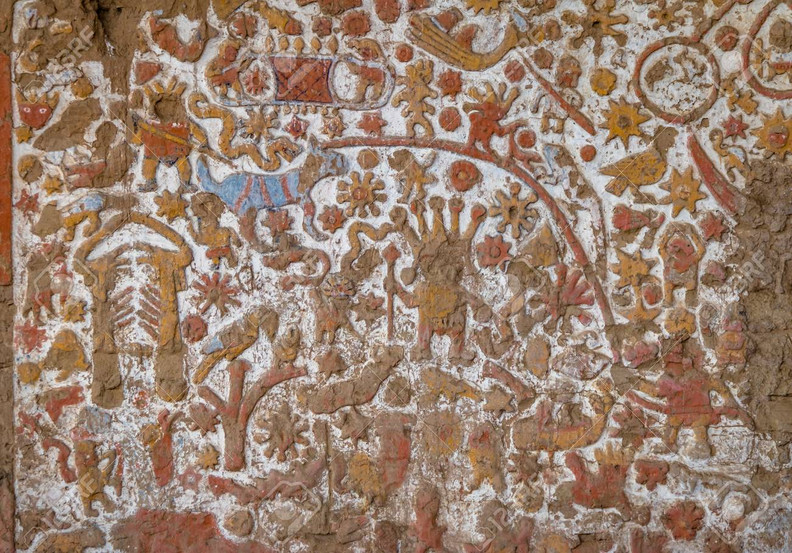











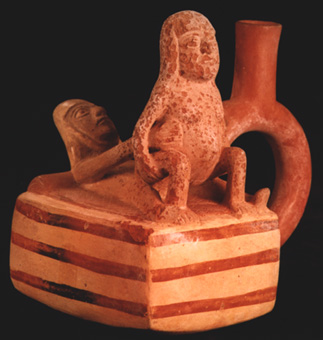


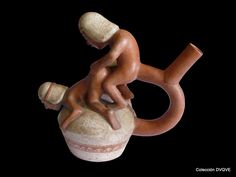







another killer podcast!!!
quick question... are there other cultures/countries/ societies around the world that have artifacts with similar background and place in ritual? I know we don’t know for sure what these were used for but like, when I think of ancient artifacts I don’t think of instructions for cunnilingus, so like, if I didn’t know about these what else is out there? Would love to learn more!! Cant wait for the next one! :)